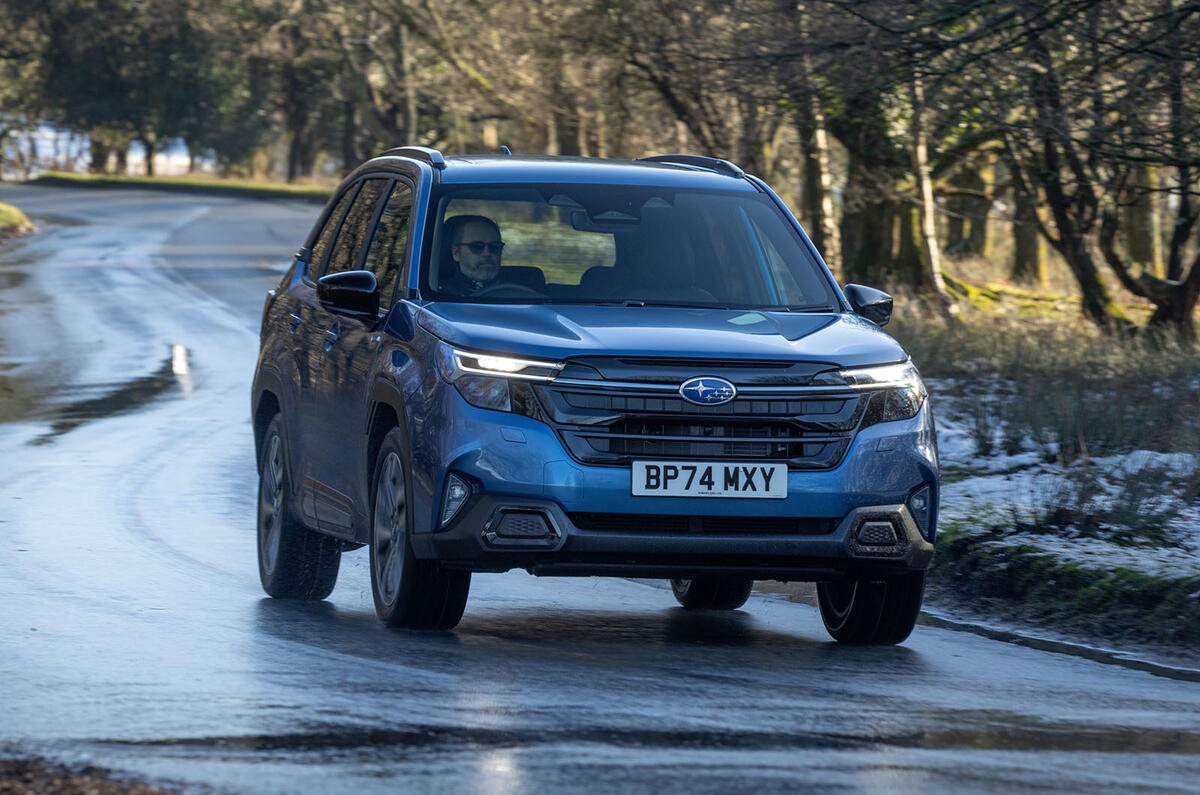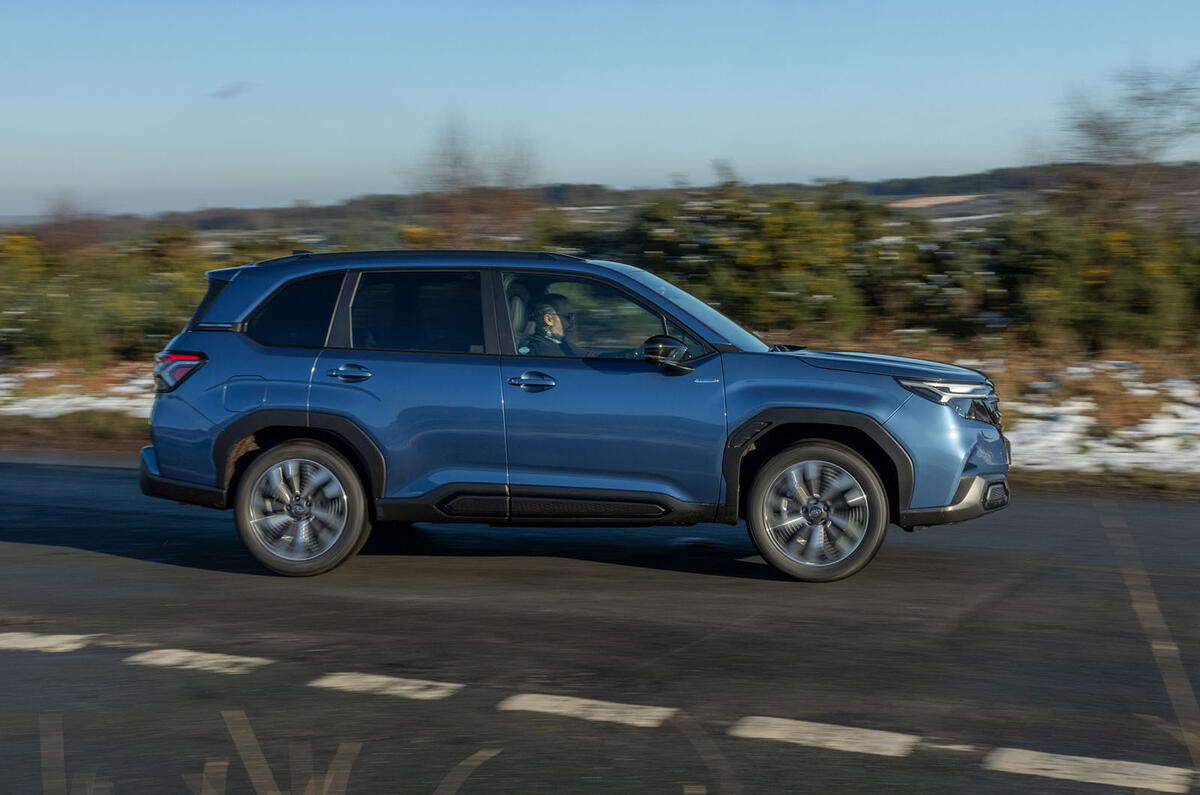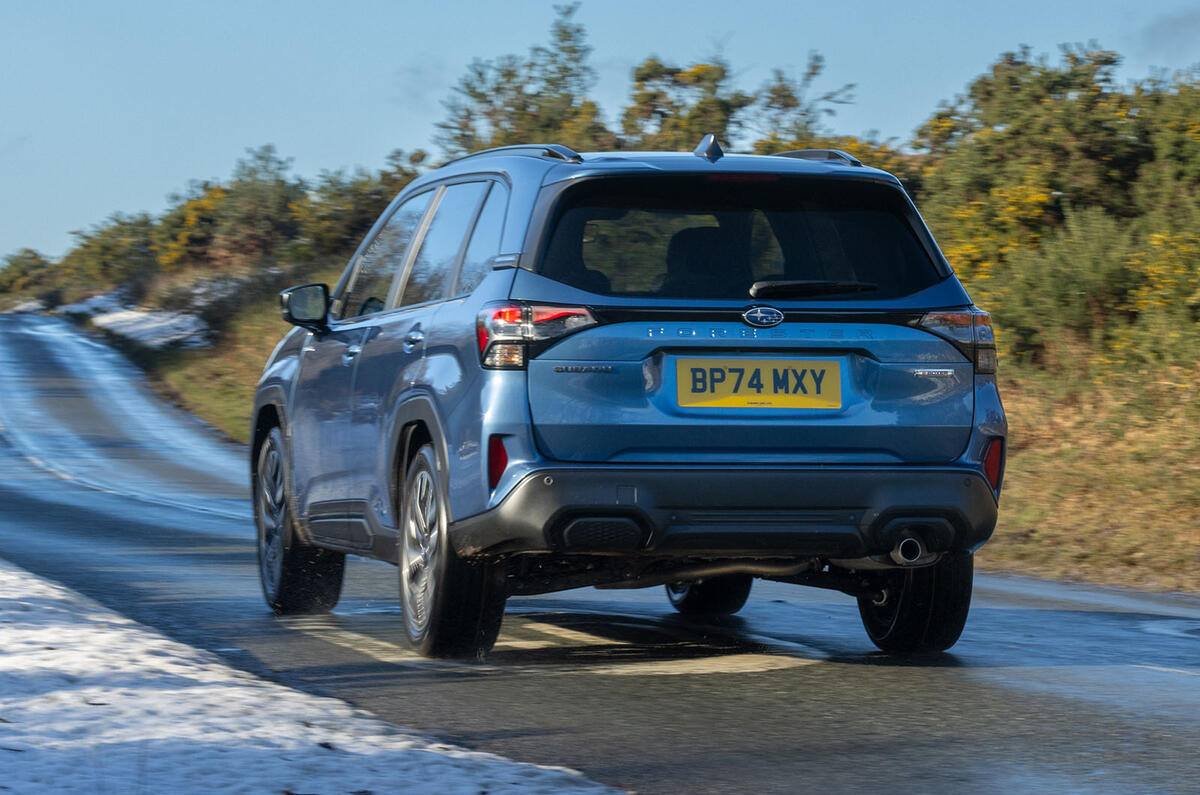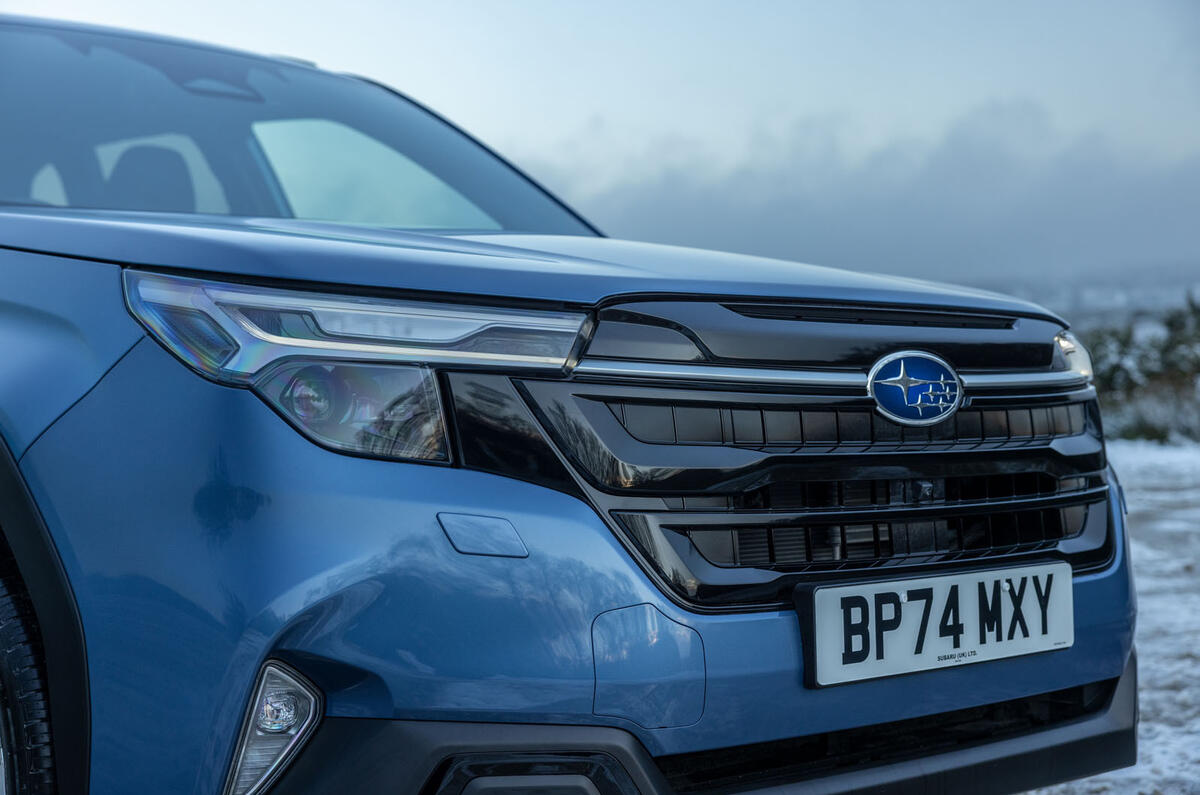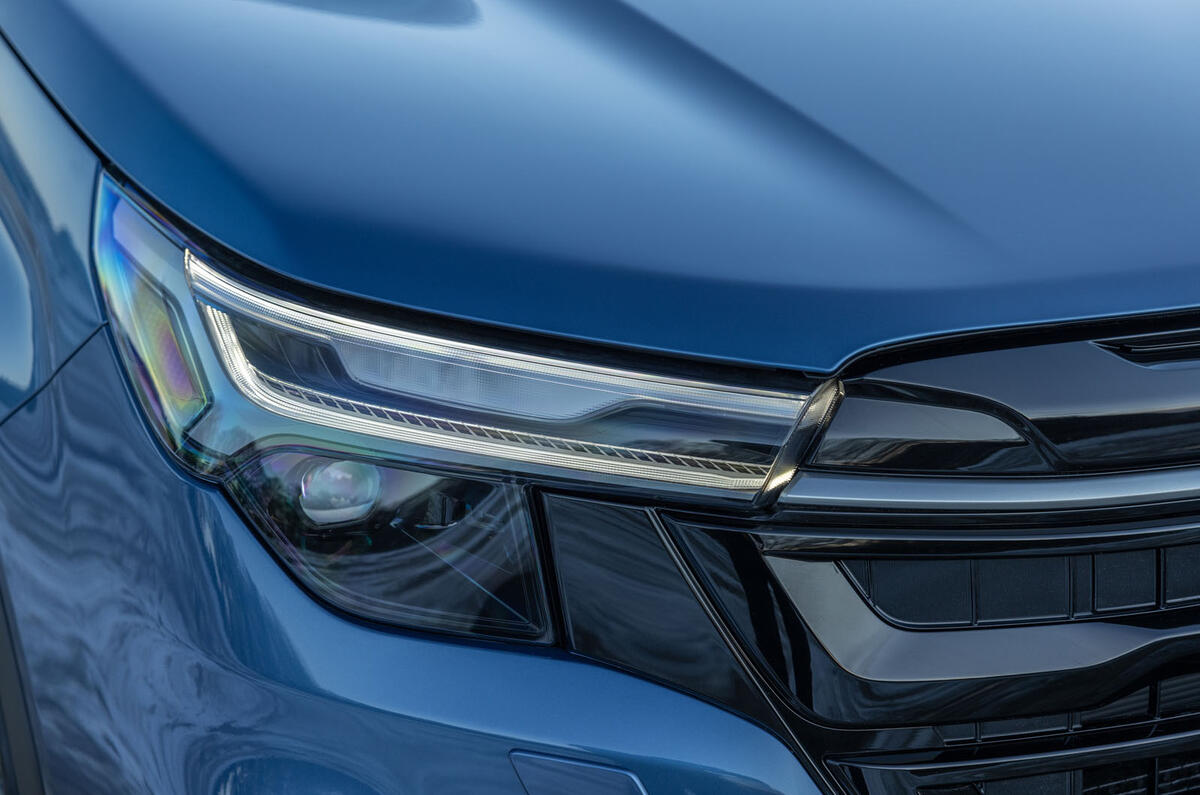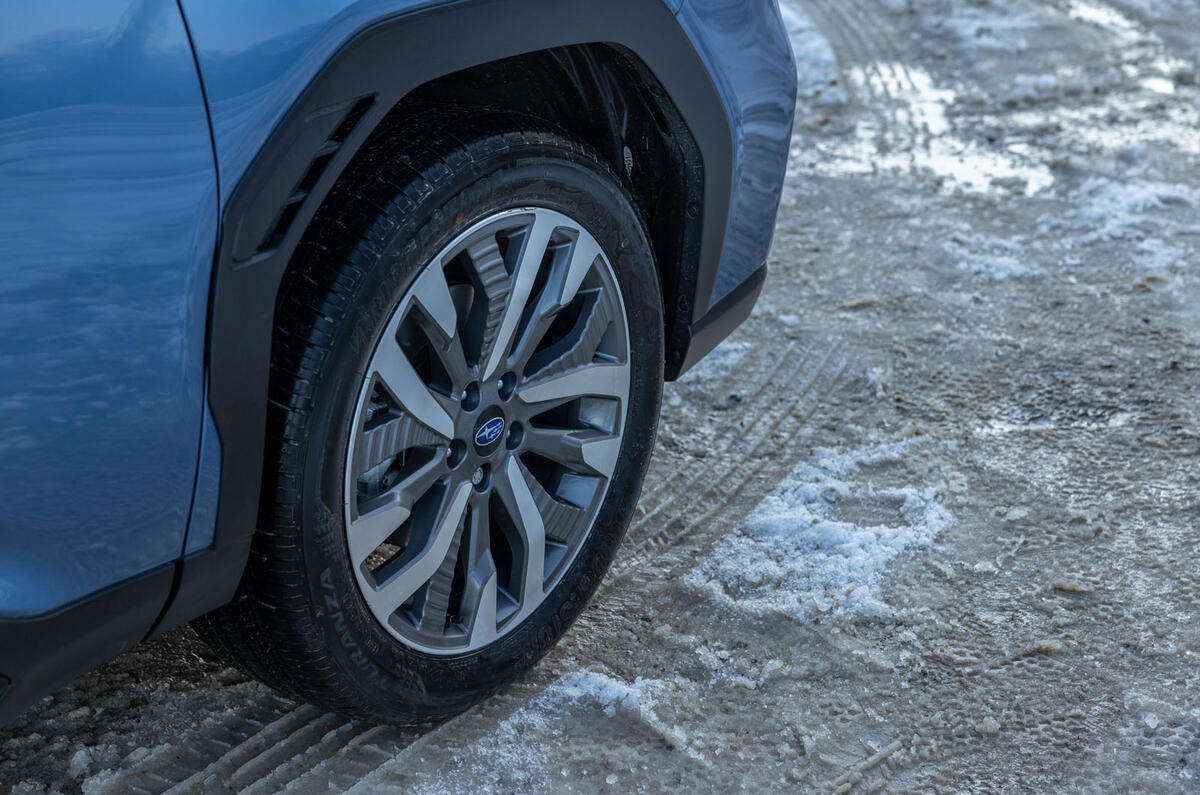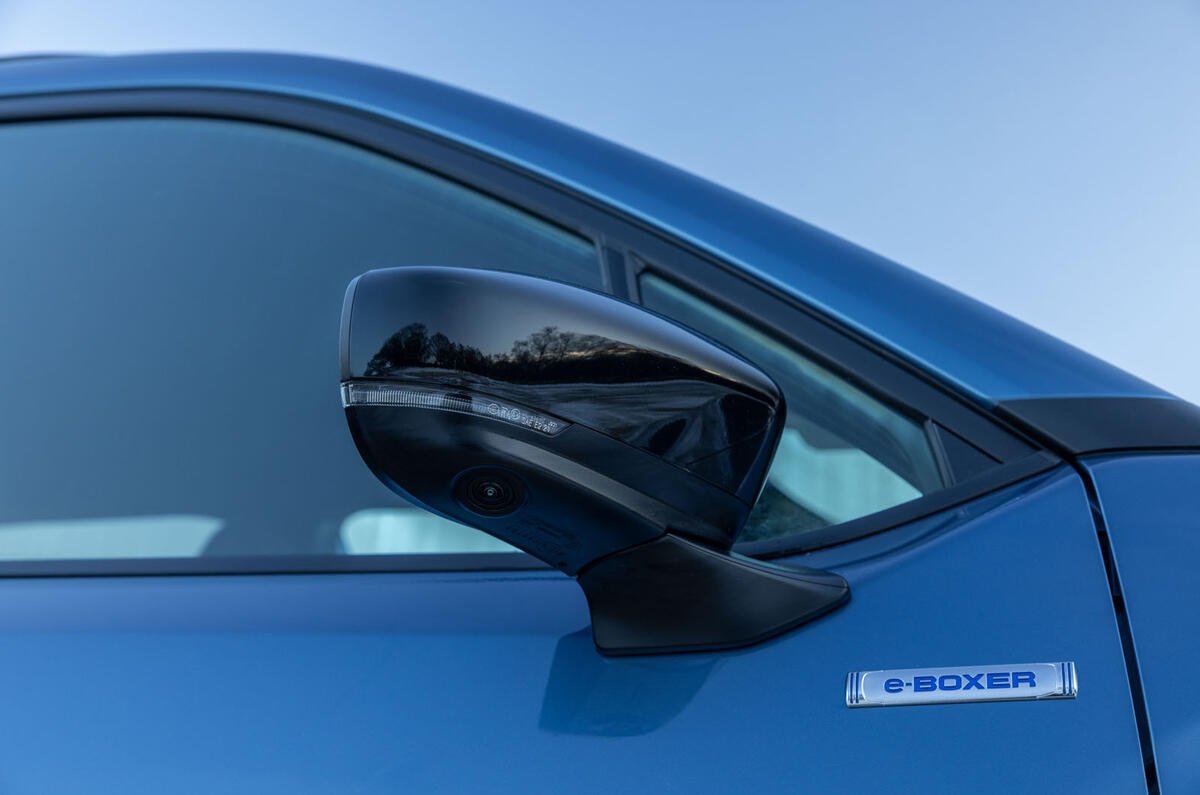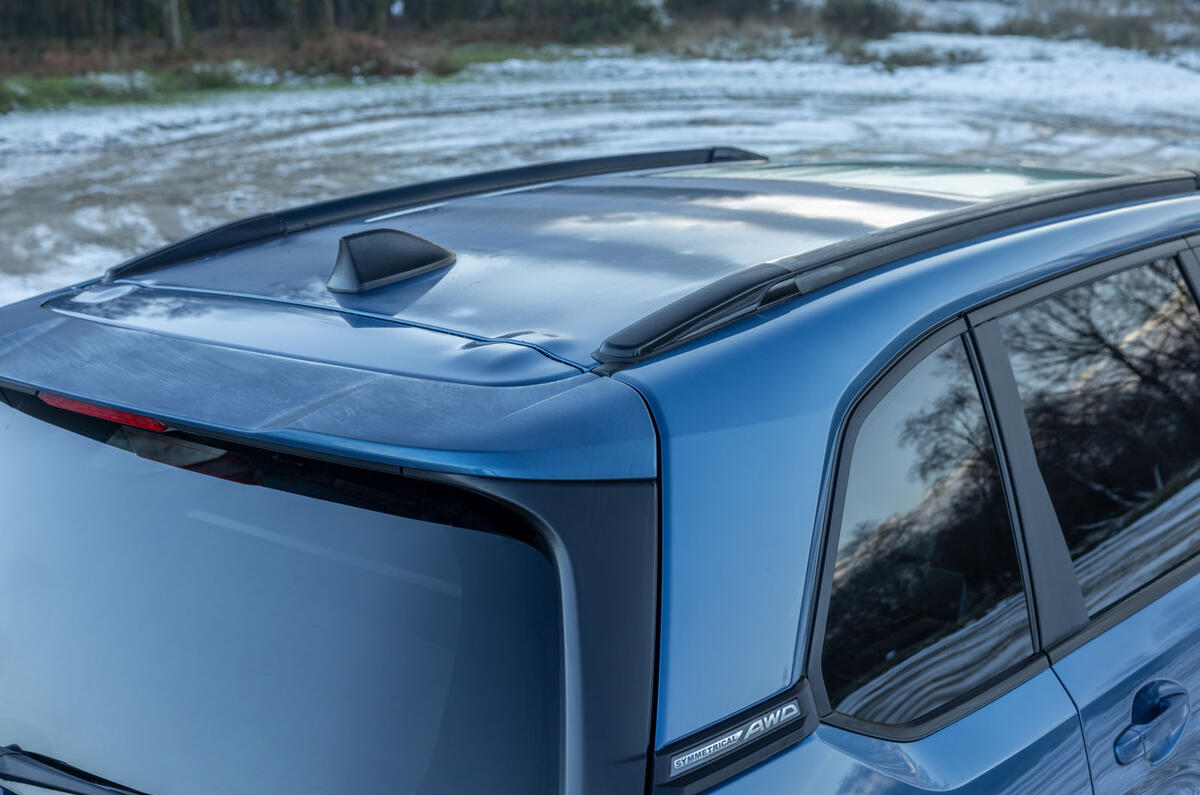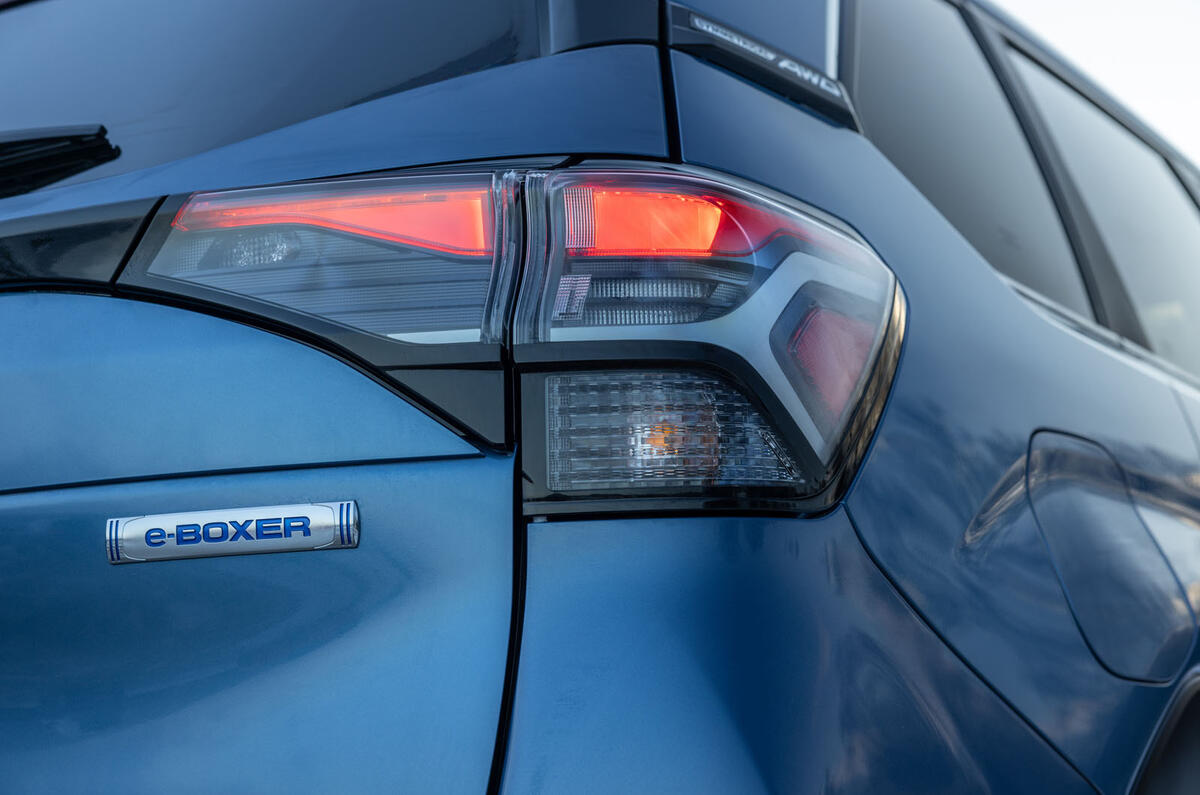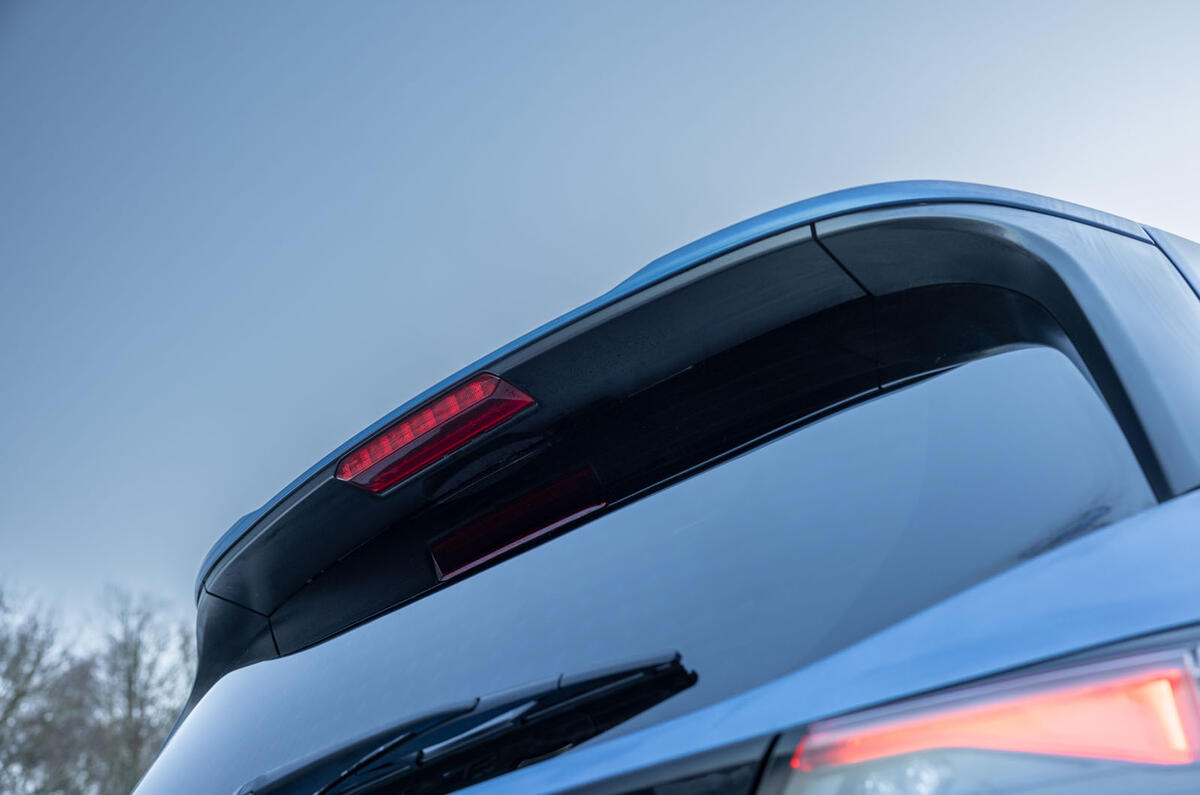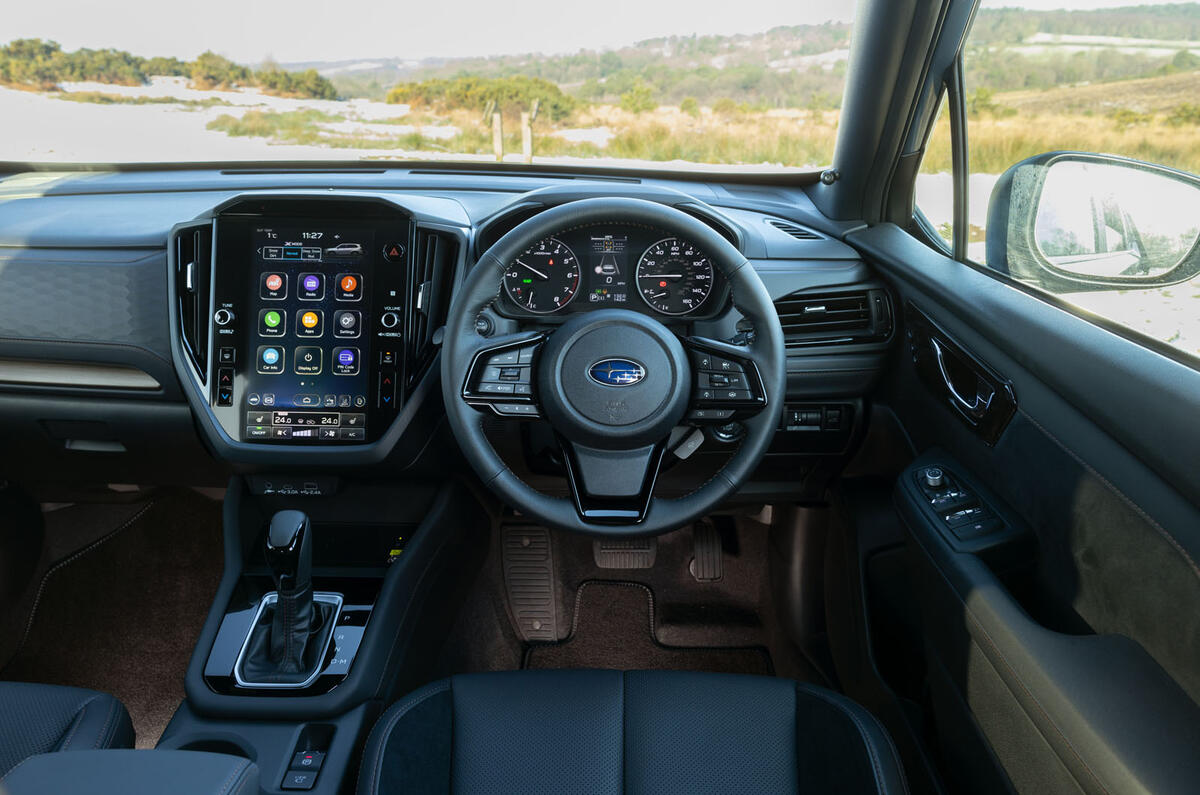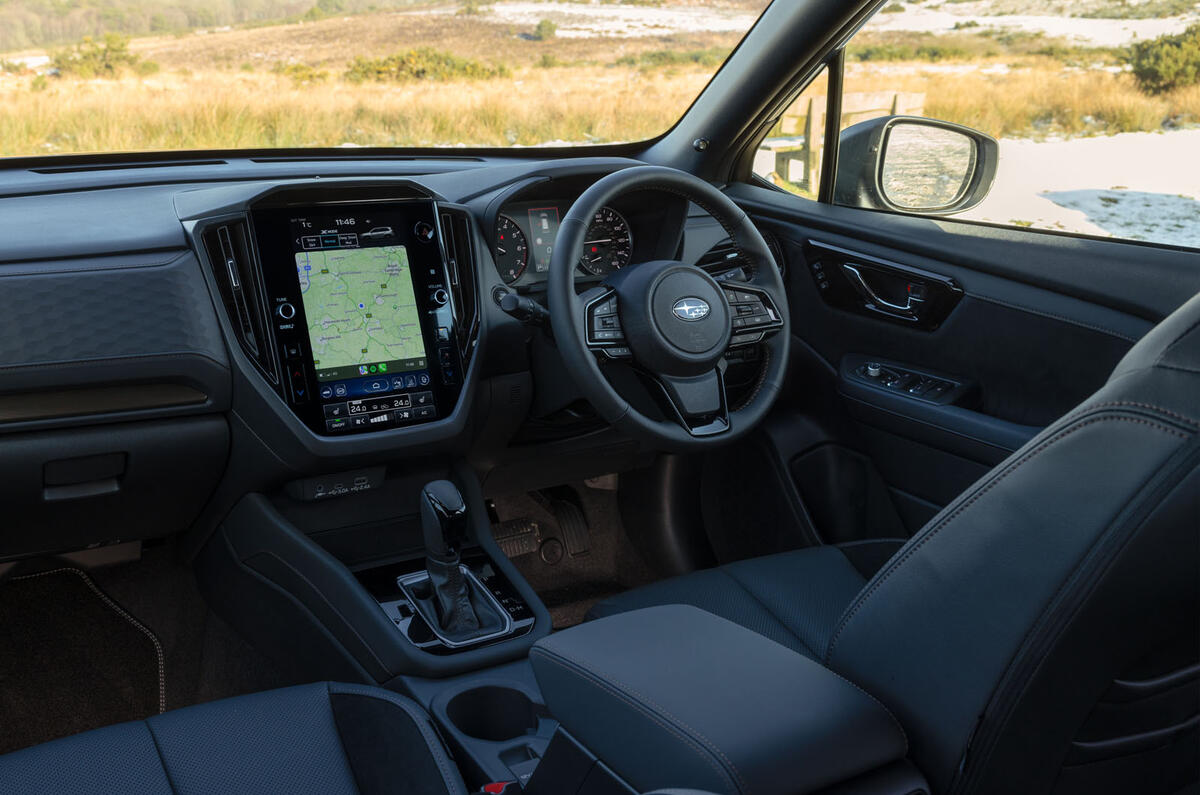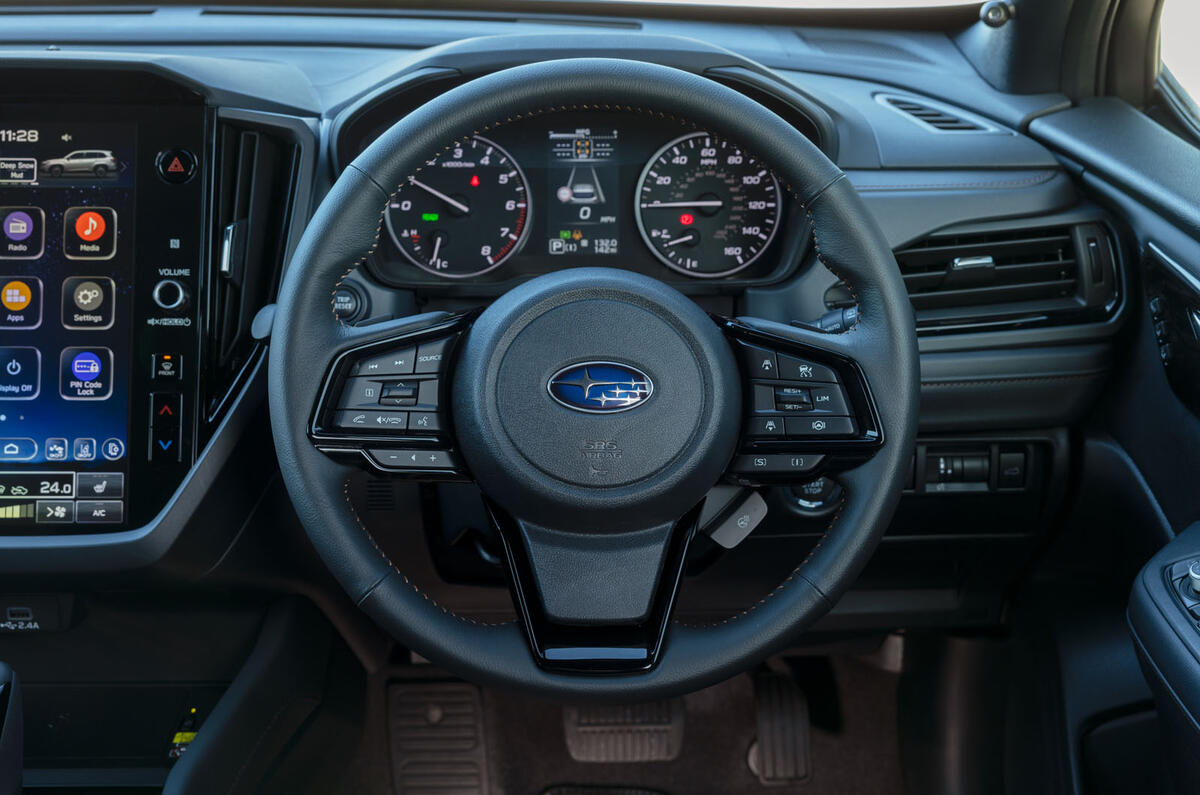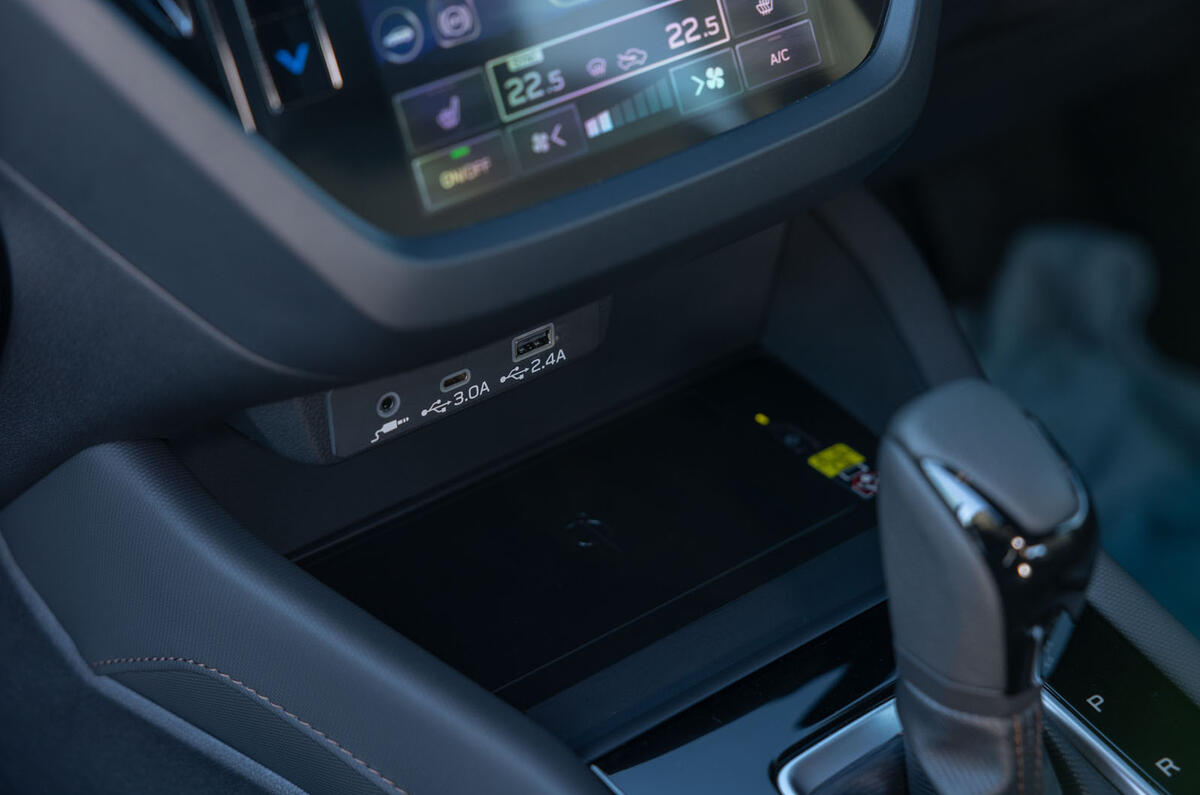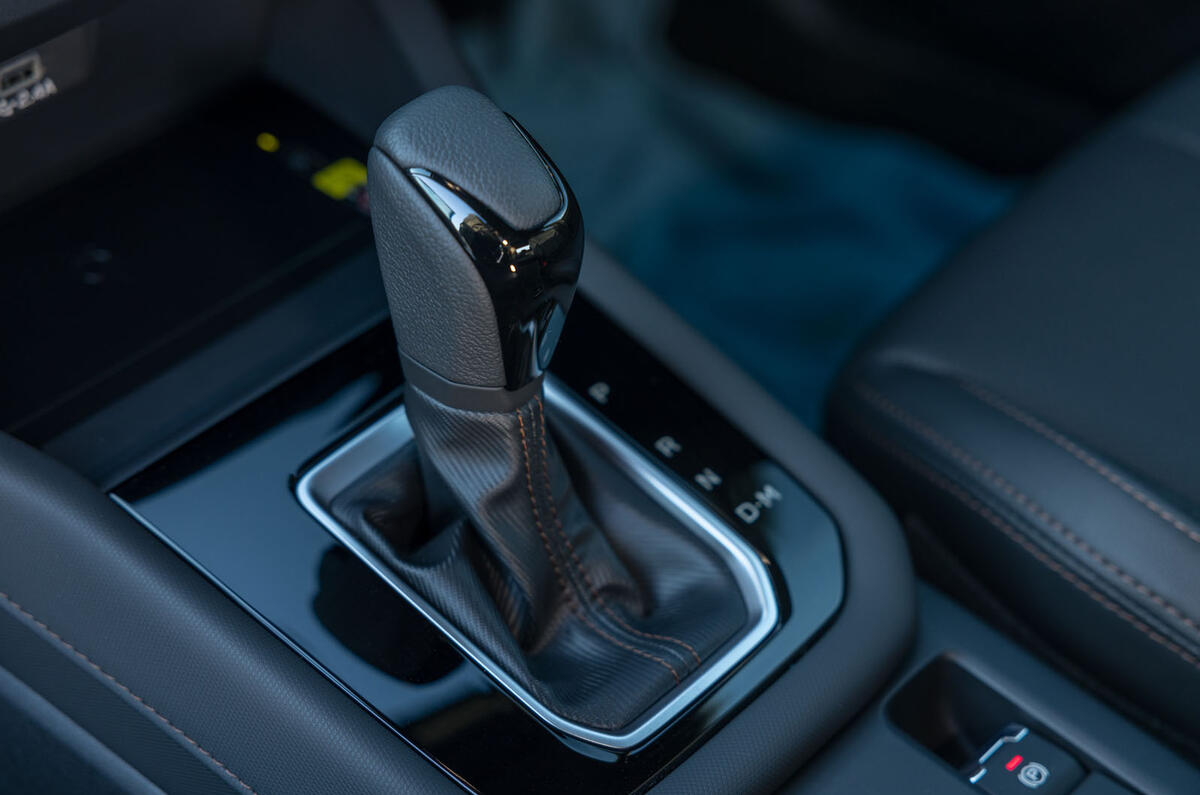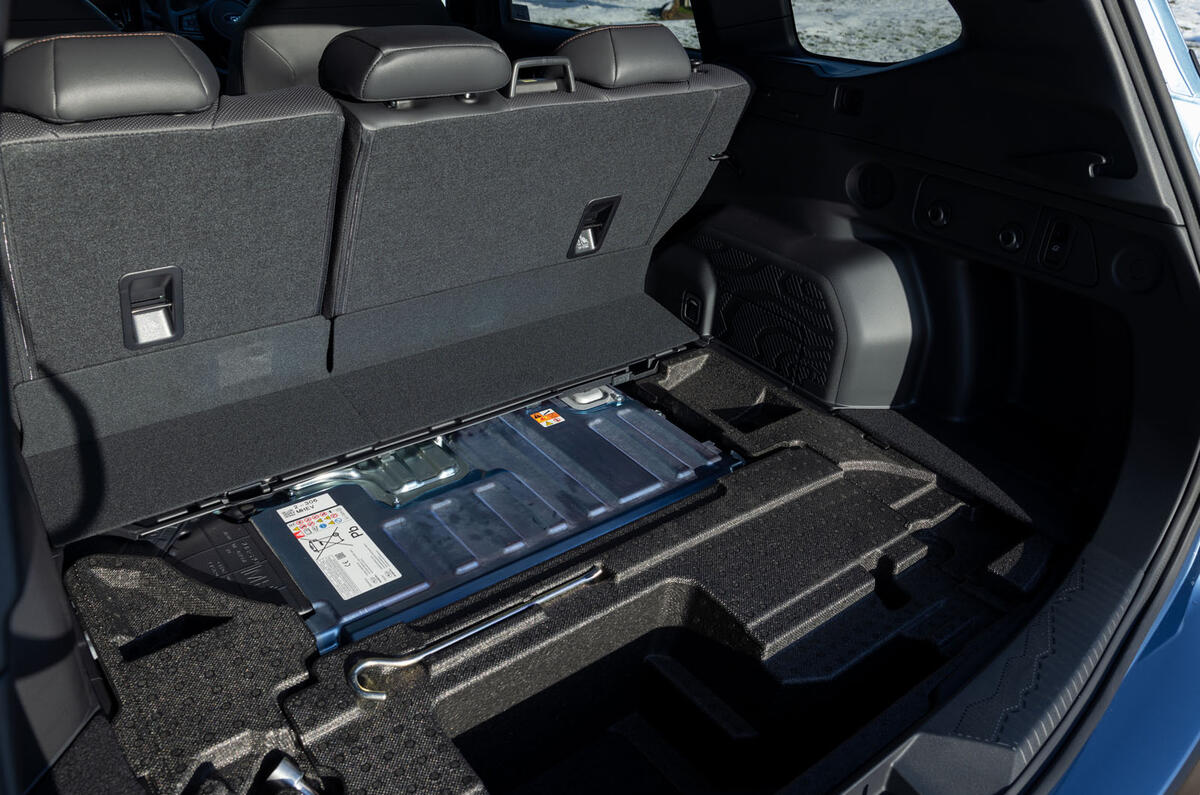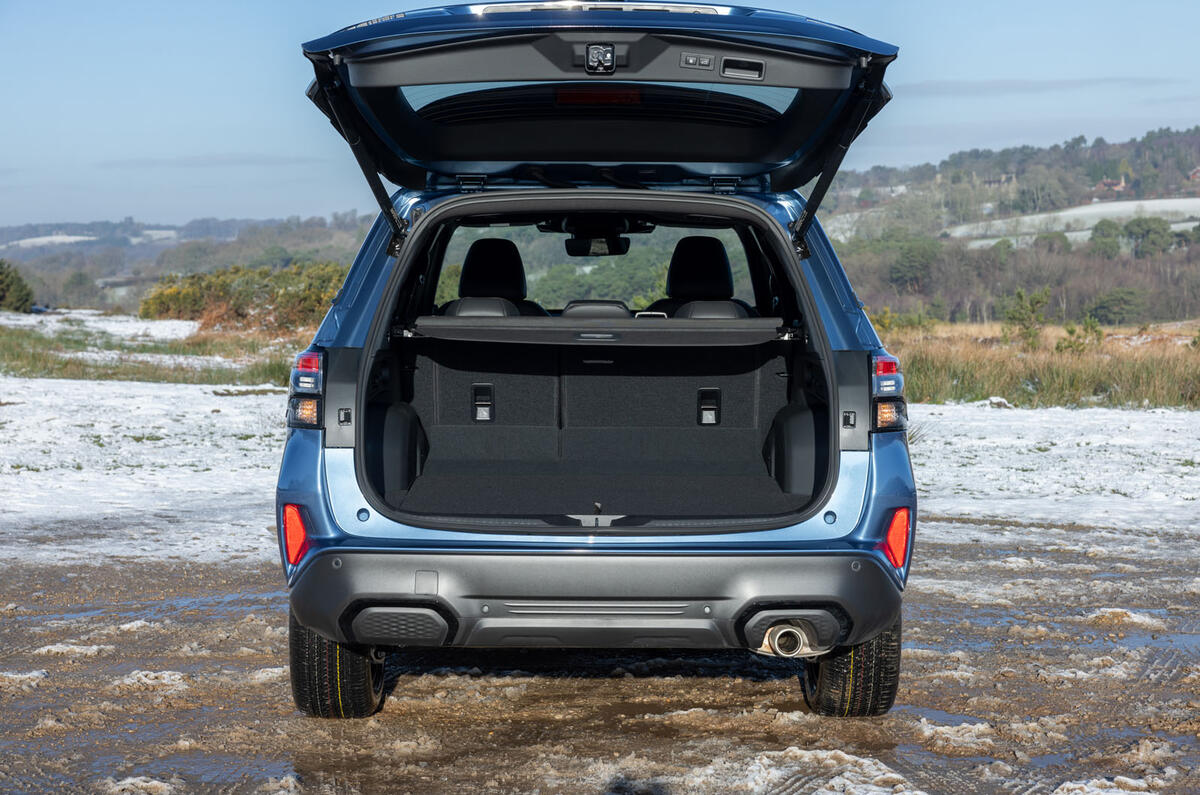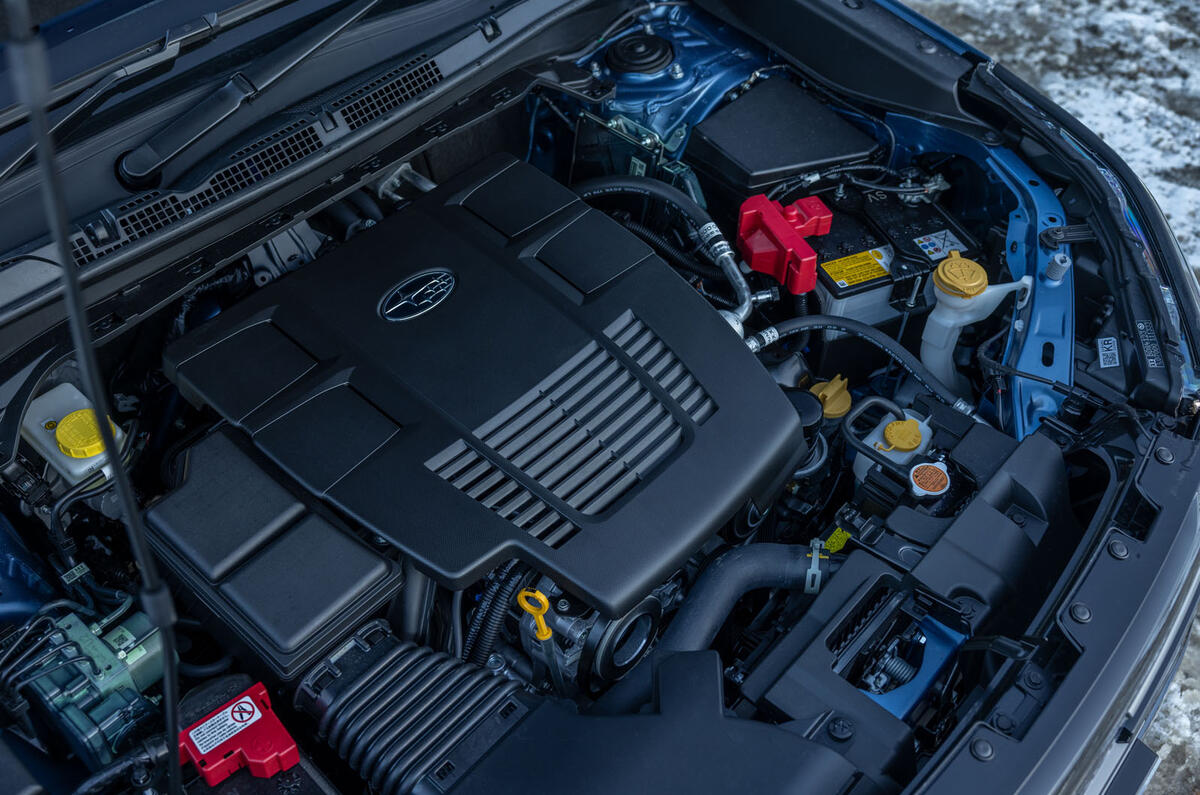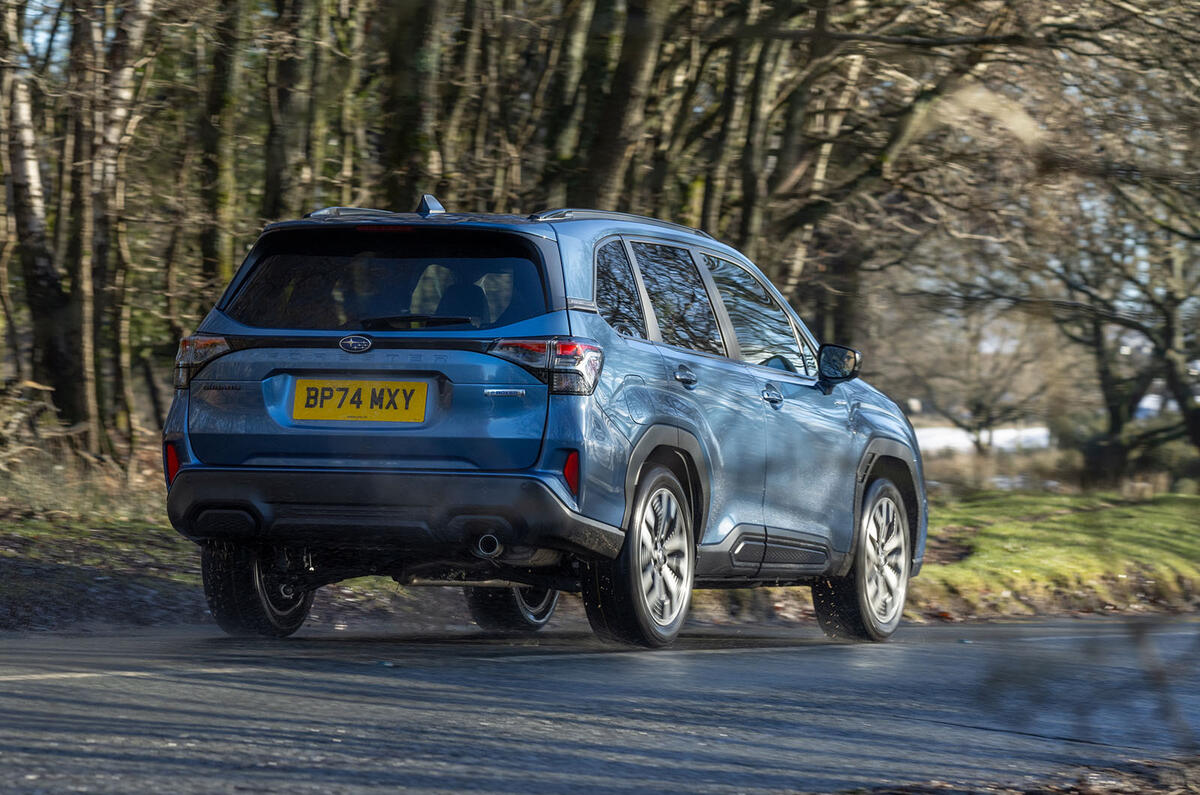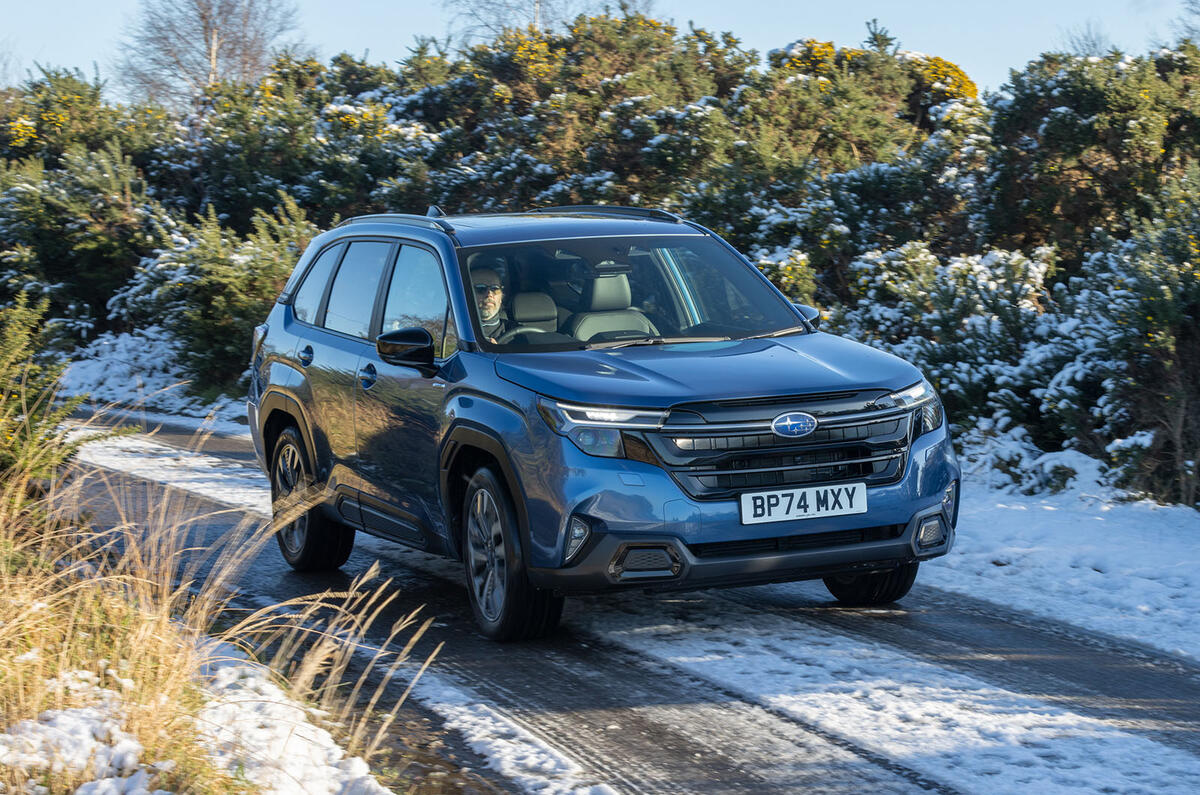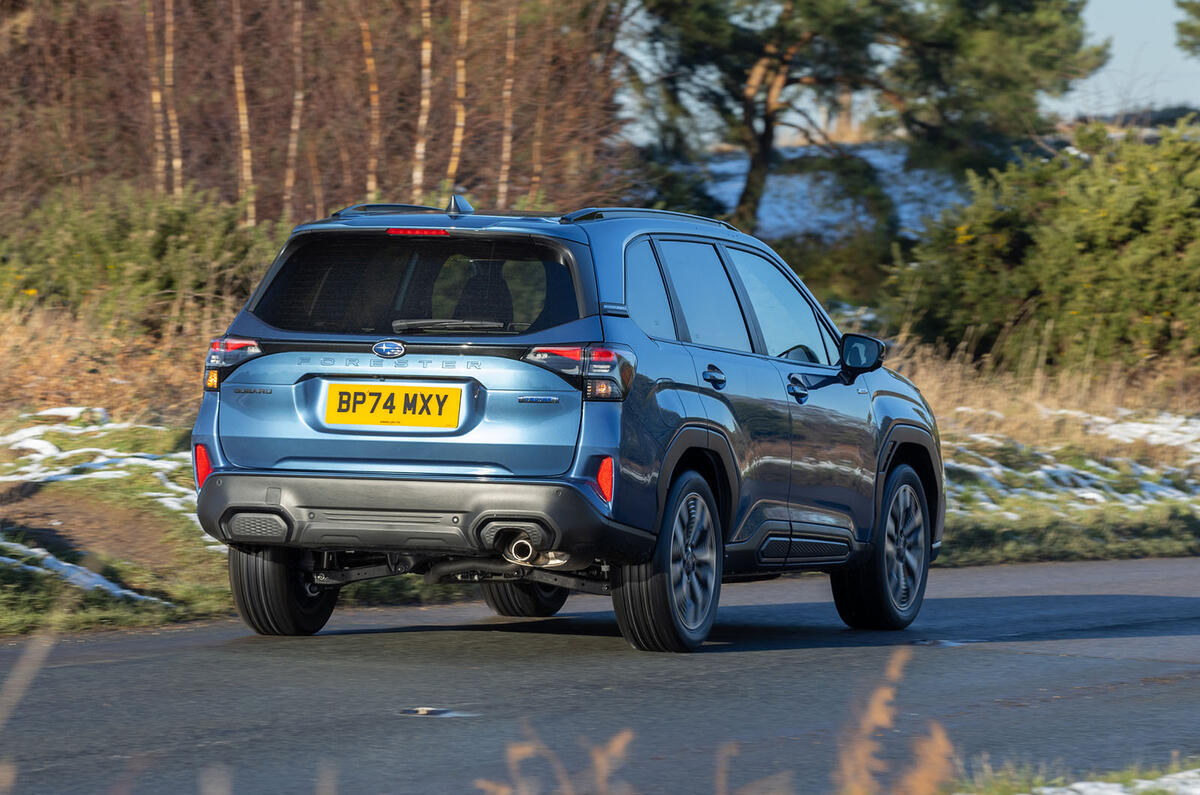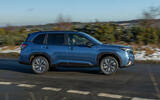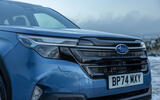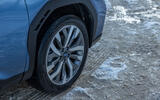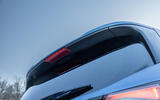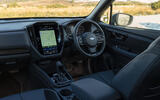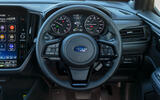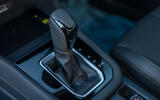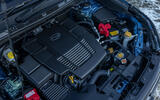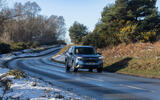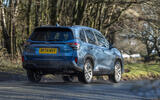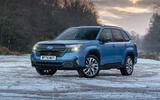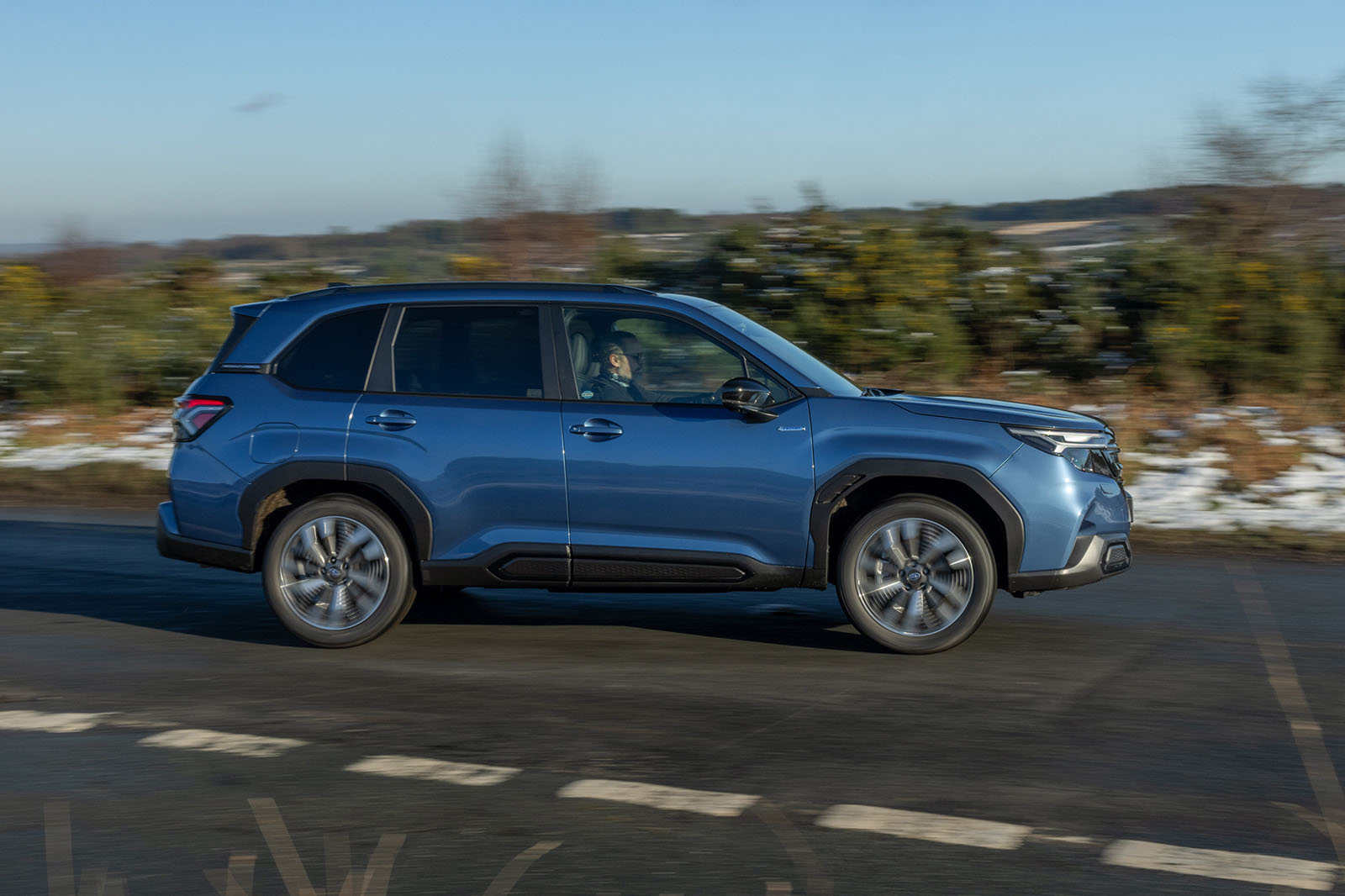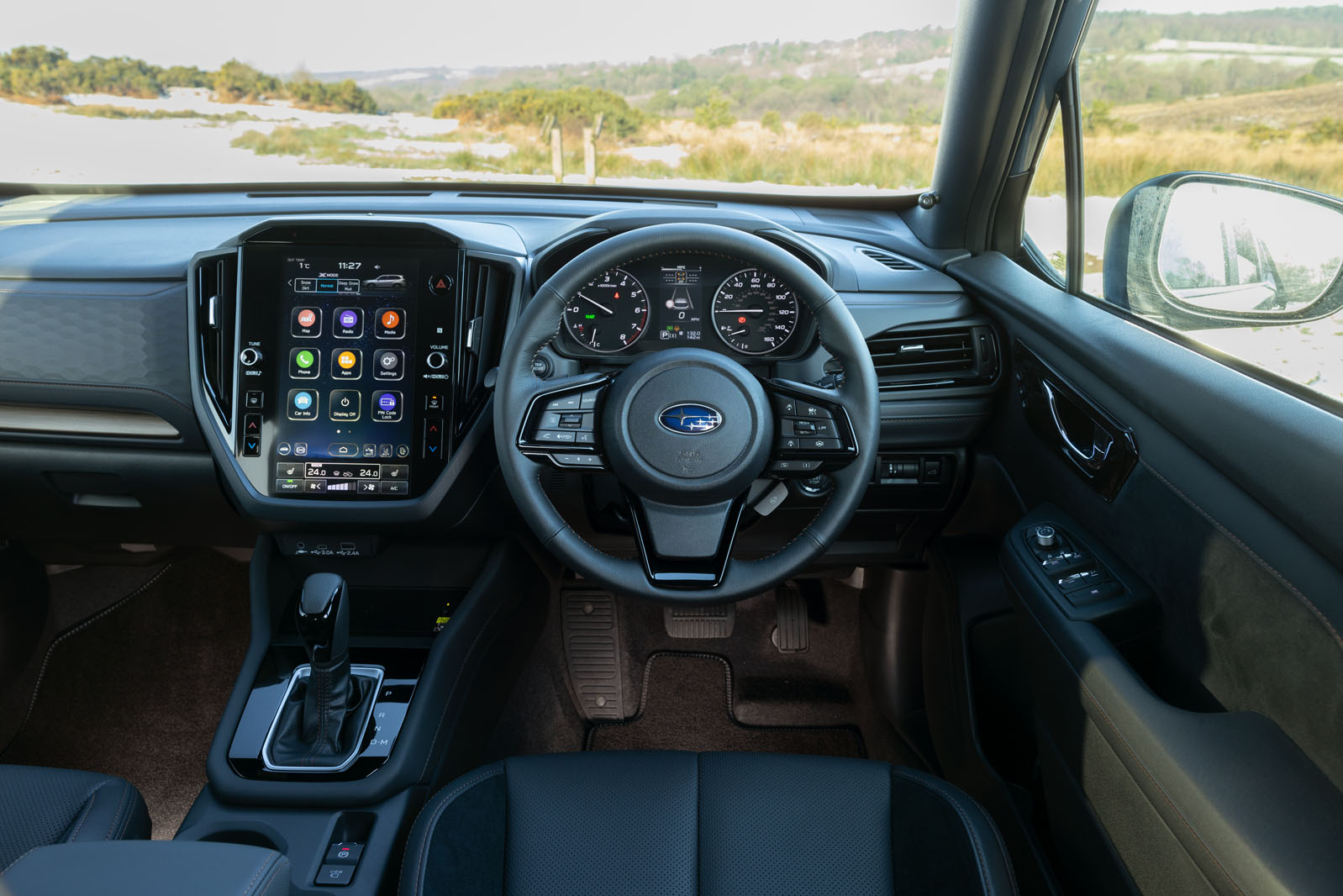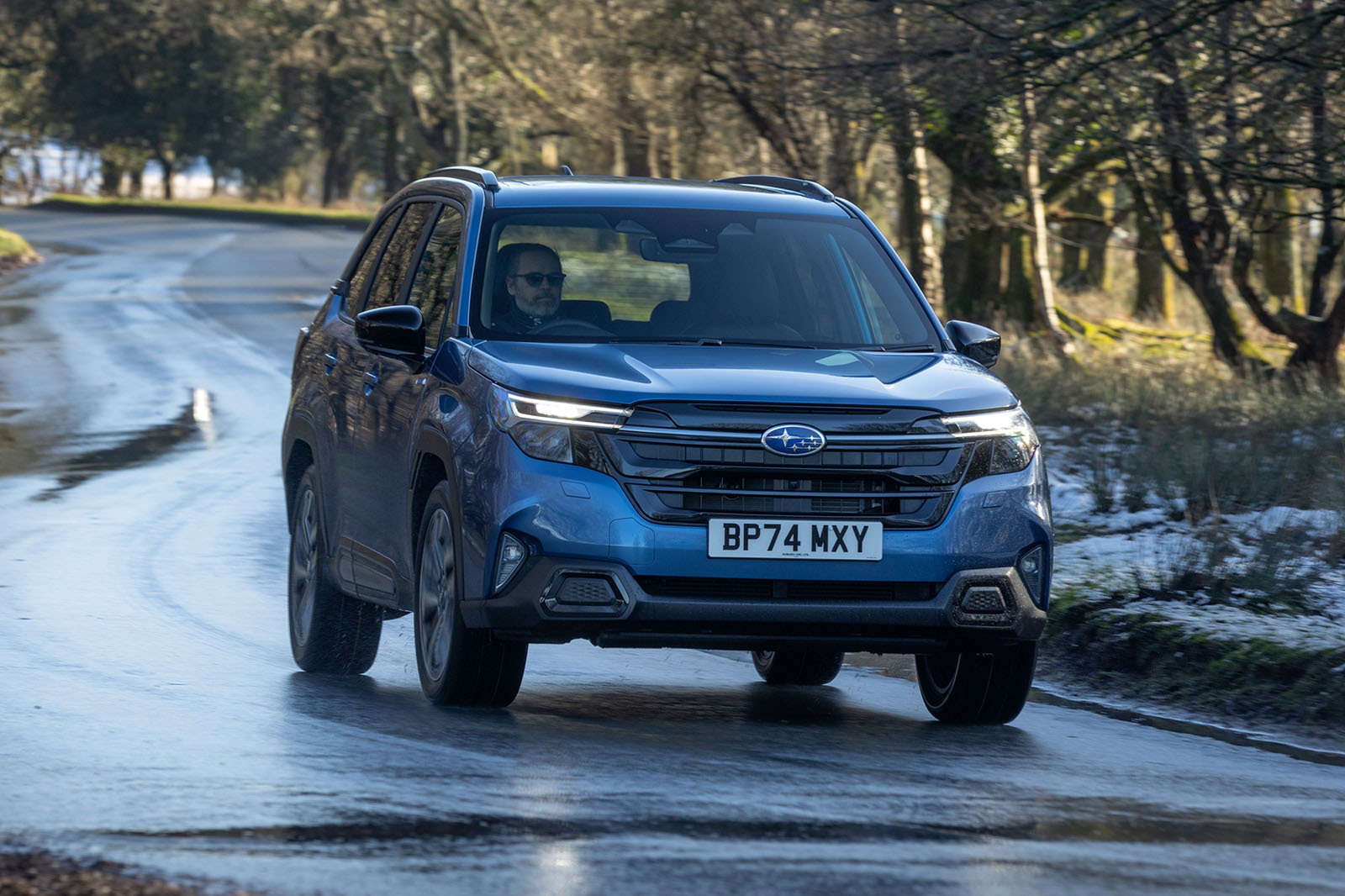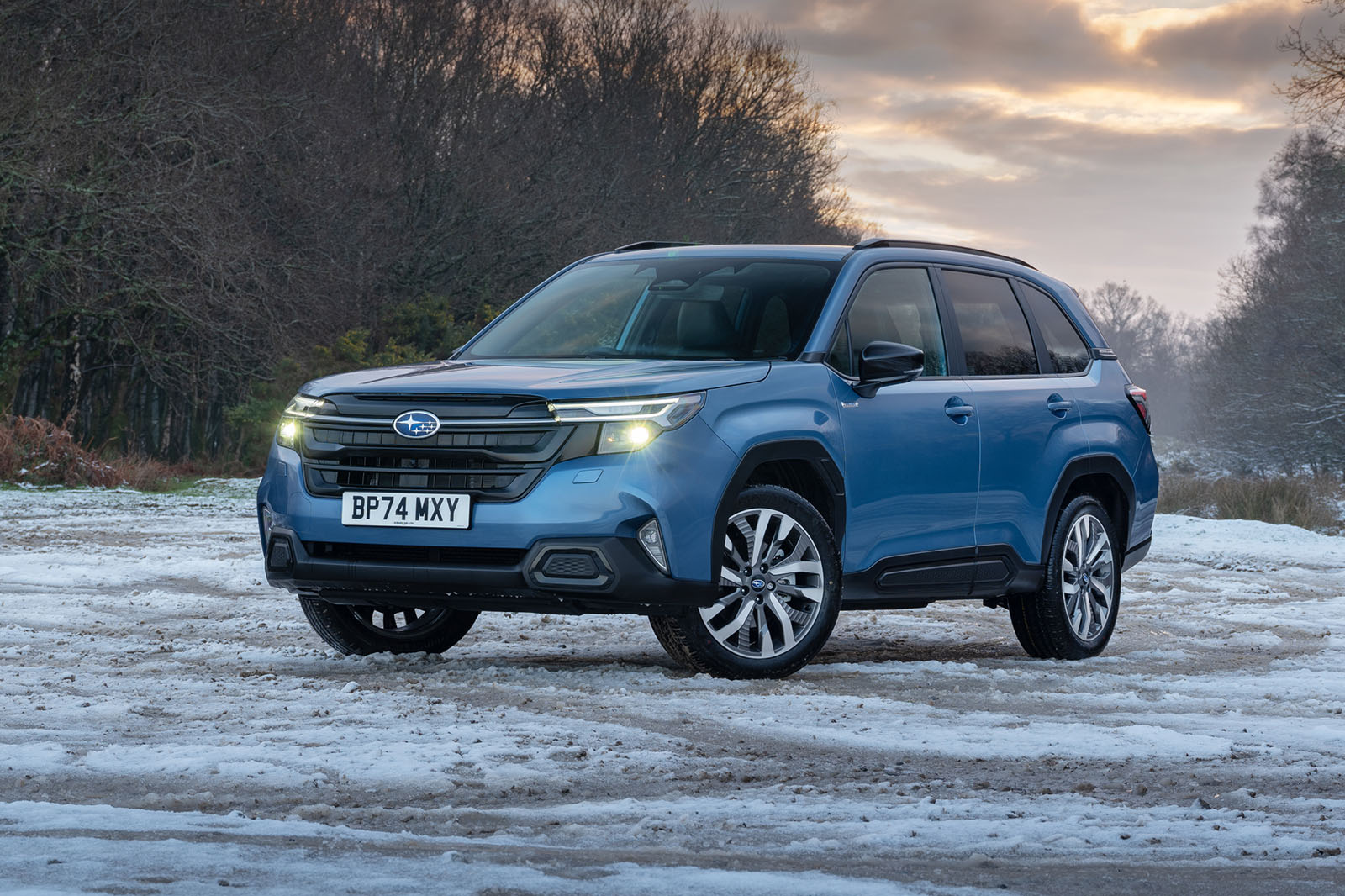The Subaru Forester enters its sixth generation this spring with this revised model, which picks up where the previous, closely related predecessor left off. The new car, improved in a wide variety of ways, was launched to dealers and press alike in the UK in the first days of February, and first cars will flow to dealers within a few weeks.
At present, the car is responsible for around thirty per cent of Subaru’s 2400 UK sales a year, selling alongside Outback, Crosstrek and the Solterra EV. Subaru UK’s range has recently been unexciting — the Forester is very much the choice of traditionalists seeking rugged and dependable transport — but CEO Lorraine Bishton, who joined a year ago, says that by the end of 2026 the company will be selling three EV models. Indeed, by 2028 Subaru will have eight EVs to sell globally, though the company's longtime importer, the Solihull-based International Motors group, is still deciding which models to choose. But the potential appears to exist for UK Subaru volume to expand considerably by the end of the decade, perhaps as far as 10,000 units a year.
In the meantime, Forester buyers continue to show extreme loyalty — repeat customers run to more than 70% of the total customer base — and are attracted by the company mantra of “safety, durability and capability”. Subaru sees the Hyundai Tucson, Mazda CX-5 and Honda ZR-V as prime competitors among the five-seater family SUV set, and believes it could also steal from the Toyota RAV4. Their big claim to fame is that they offer the only car in the class with four-wheel drive at under £40,000.
There are three iterations, all well equipped, but now with different names to match other Subaru cars. The entry-level Limited (which comes with heated, electric-adjust seats, 360-degree surround view cameras and rides on 18-inch alloys) starts the range at £38,995, £1000 more than before. The middle-level Field adds on-board satnav, a powered tailgate and a heated steering wheel for £1445 more; and the top-tier Touring has a sliding sunroof, 19-inch wheels, heated rear seats and black leather upholstery for £42,995.



